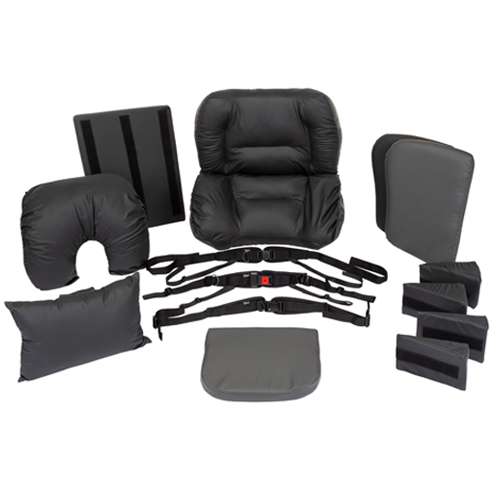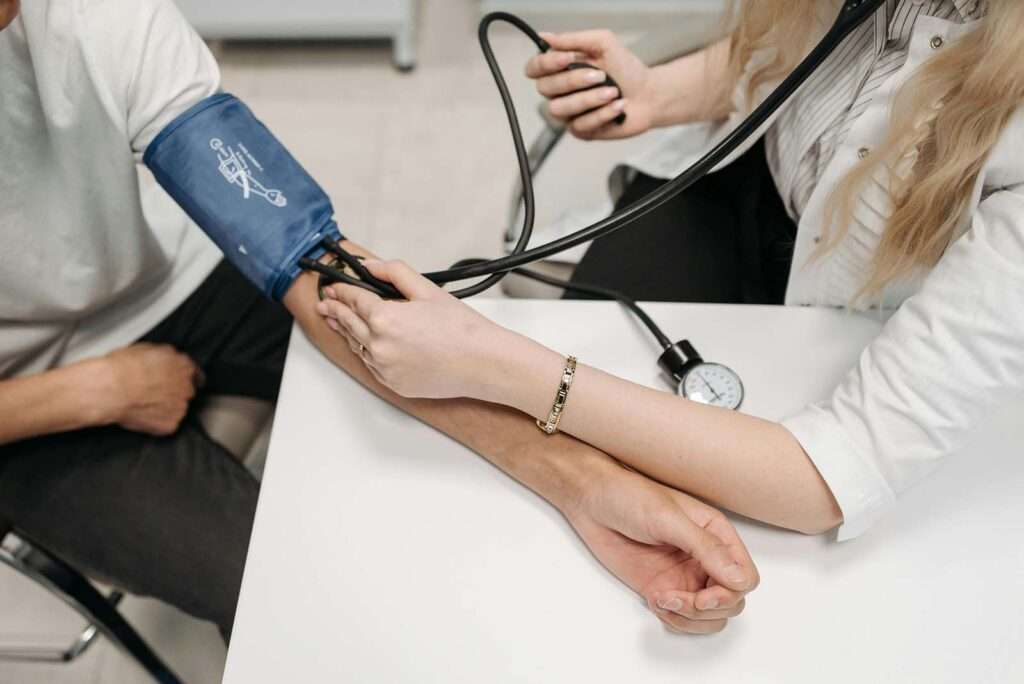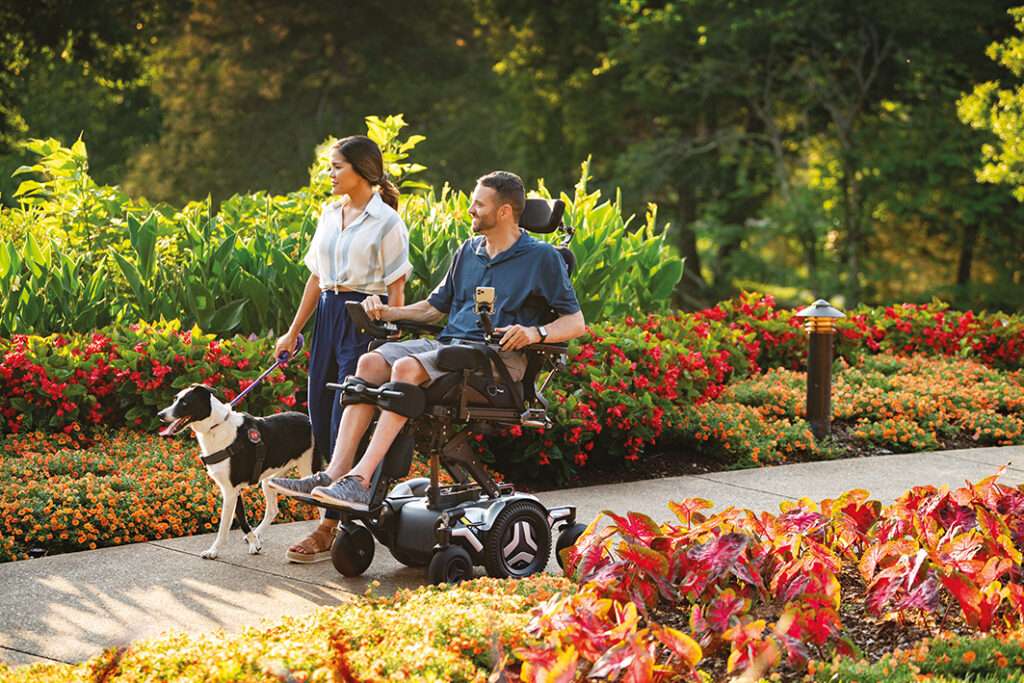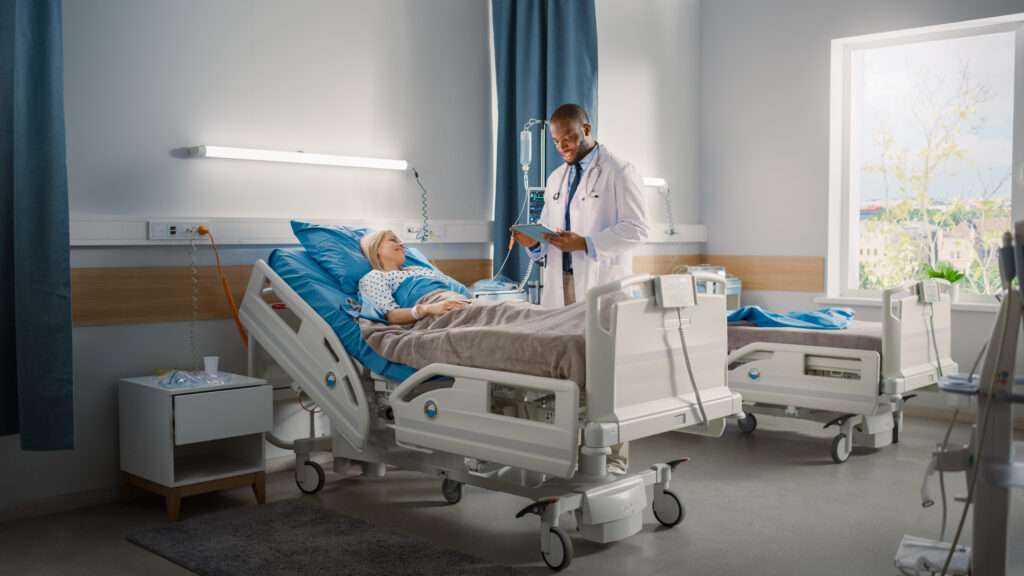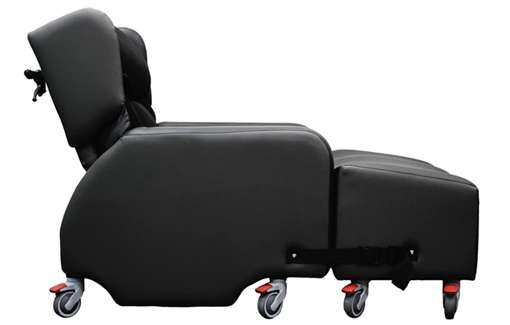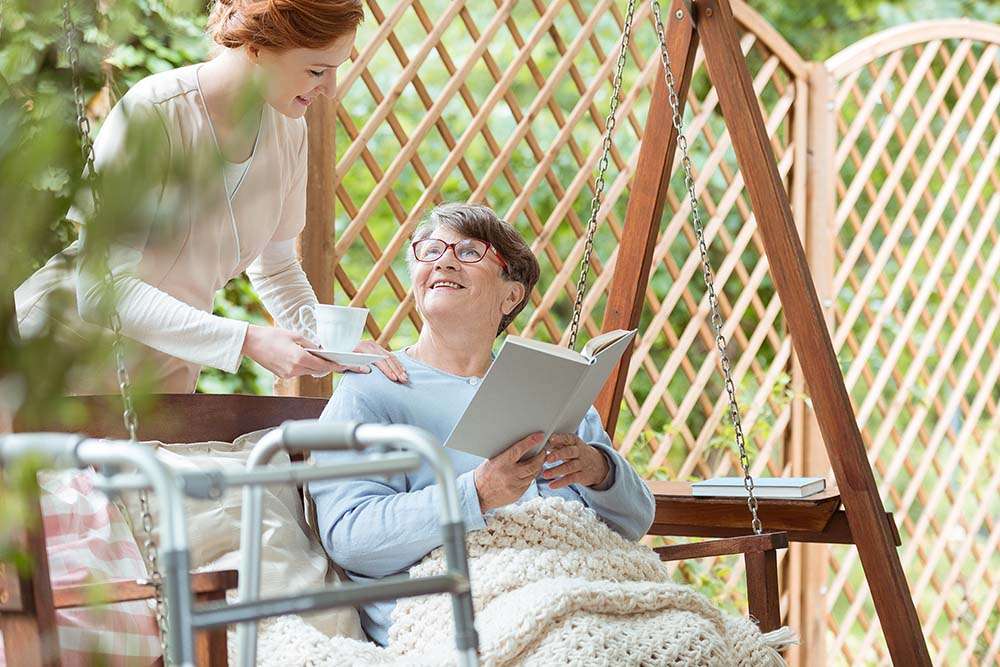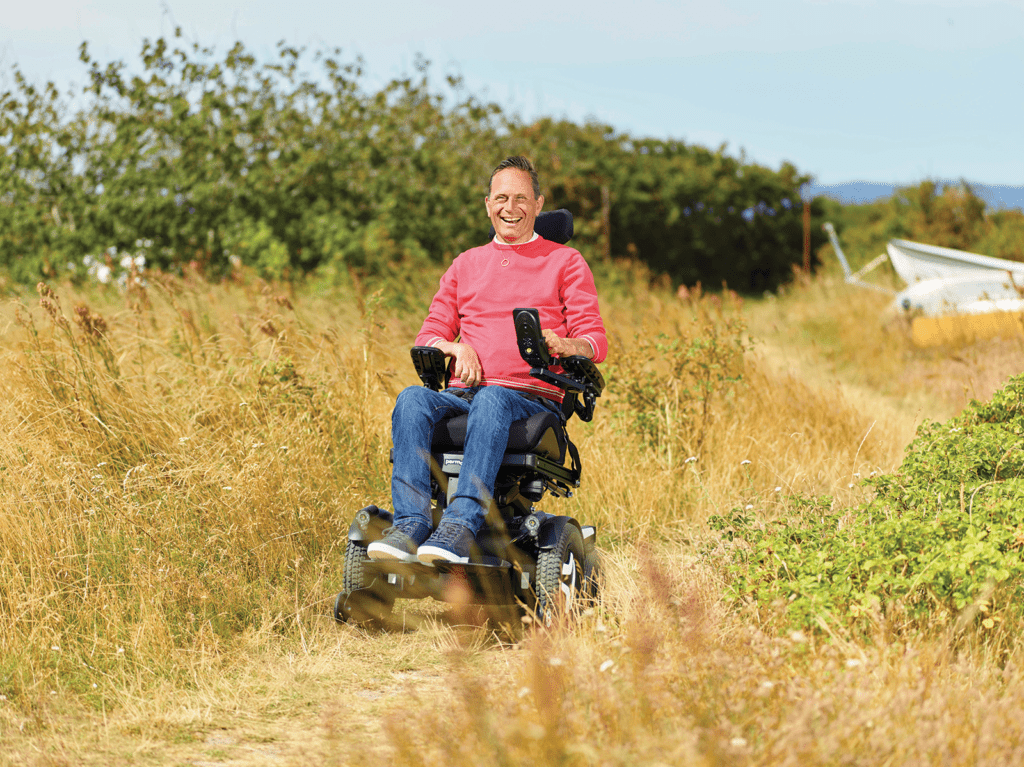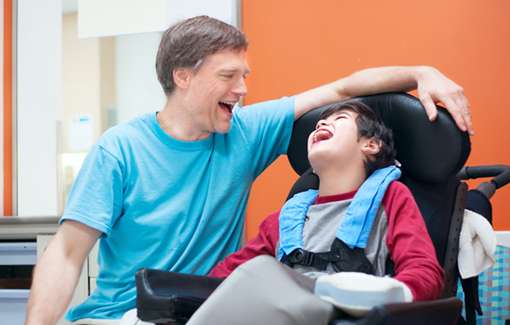Jump straight to…
What are Positioning Aids?
Positioning aids are supports or seating accessories used to support the body in a neutral sitting position. They are normally added as attachments to care seating but can be integrated into the build of the chair itself, e.g. a seat pommel.
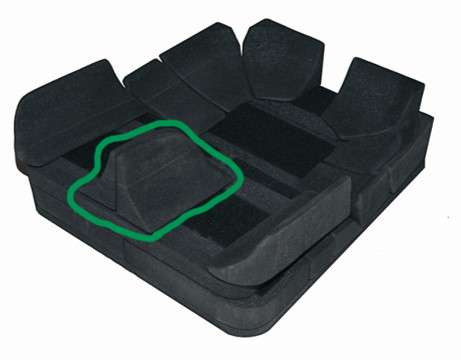
Seat pommel
Why are They Used?
They are used in primary care as an effective safeguard against adopting incorrect or harmful sitting postures that could potentially cause health problems to arise, such as pressure ulcers, joint contractures or respiratory infections.
Where are They Used?
It should be stressed that the use of positioning aids in seating such as belts or harnesses should be done with a high degree of caution and always under the supervision of qualified clinical personnel. Restraints can be seen as a deprivation of liberty which is governed by the Mental Capacity Act, covered in more detail below. If not used correctly with the right supervision, positioning aids can cause harm, injury and there have even been instances of asphyxiation through incorrect use, so they need to be managed carefully.
Seating positioning aids are sometimes used in the following scenarios:
Abnormal muscle tone
Patients can present with postural problems due to abnormal muscle tone, as in the case of cerebral palsy, which can cause range of low to high muscle tones. Extra anterior support can be used to promote an upright body posture for patients with weak muscle tone and floppy limbs.
Involuntary movements
Involuntary movements are a trademark features of Huntington’s disease, which can present as chorea ‘dance-like’ movements or more severe violent movements depending on the stage and severity of the disease.
Pelvic instability
People with postural deformities such as pelvic rotation or obliquity may be at risk of sliding down in the chair or sitting in a sacral position, so need extra support to improve pelvic positioning.
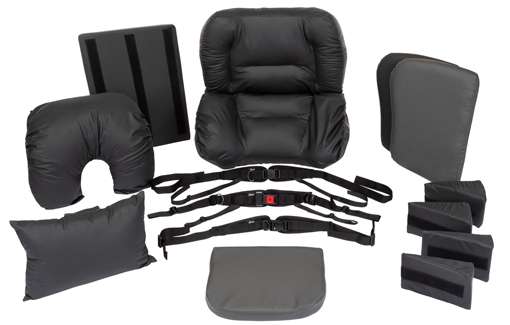
Our range of positioning accessories
Leaning
Leaning is a common issue for people who have low muscle tone or cognitive decline such as Alzheimers. This can lead to a kyphotic posture and secondary health complications. There are a wide range of lateral supports available as separate attachments, or integrated into the backrest, which can be done as part of a wider seating assessment.
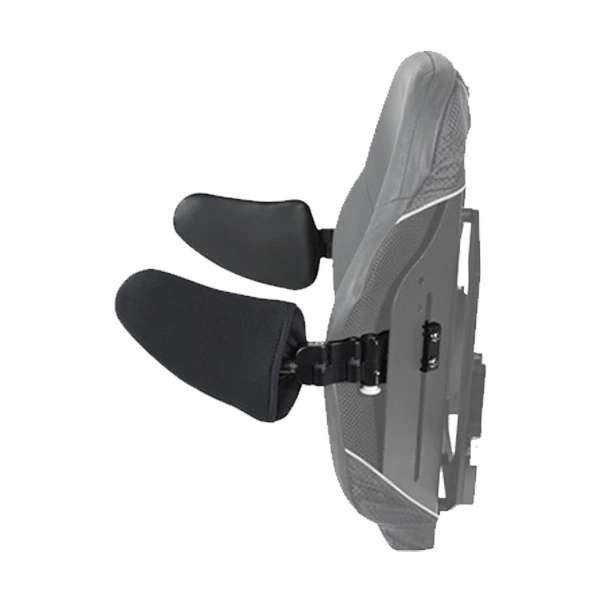
Lateral trunk supports
Individuals with a high risk of falls
Individuals with impaired cognitive function may put themselves at a high risk of harm through falls by trying to mobilise independently. They may need a form of seating restraint for their safety, but only if assessed by a qualified professional and in accordance with the DoL rules (deprivation of liberty).
What are the Benefits and Risks of Positioning Aids?
The benefits of positioning aids when correctly specified and used are clear, as outlined below, and can extend from improved physiological function to mental and cognitive benefits.
Benefits of Positioning Aids:
- Assist cognitive development in children
- Increase participation in care home settings, preventing cognitive decline in adults
- Increased comfort
- Improved stability and upper limb function
- Improving breathing and digestion
- Reduction in pressure ulcers and feeding difficulties
Risks of Positioning Aids:
Incorrect fitting and adjustment of belts and harnesses can result in injury to the client, so a high degree of caution and care must be exercised.
- Further postural problems can be caused with incorrect application
- As there is no national care pathway in seating, not enough clinicians and practitioners are trained in the practical use of seating supports and aids.
- Primary care givers need training on how to apply the equipment correctly, otherwise they will be scared to use them for fear of causing harm.
- The equipment can be expensive so can be a waste of resource if not used correctly.
- Pelvic belts need to be positioning correctly, not at 45 degrees like a car seat belt, to avoid the patient ‘submarining’ and sliding underneath the belt.
- Chest harnesses pose a risk to the client’s breathing function if they are not fitted in the correct position. Anterior trunk supports shouldn’t be without a pelvic belt to hold the patient upright in the chair.
Safe use of belts and harnesses
The relevant legislation governing the use of positioning aids is BS 8625 published in 2019 and ISO/TS 16840-15. Belts and should comply with ISO standards 16840-3:2022 and 16840-10:2021 for safety.
The Liberty Protection Safeguards (LPS) replace the Deprivation of Liberty Safeguards and are enshrined in the Mental Capacity Act to protect the patient from unnecessary restraint. For people who lack the mental capacity to consent to their arrangements, LPS provides a framework to ensure any restriction of liberty is reasonable and appropriate.
Summary
When using postural support belts and harnesses, a risk assessment must be undertaken to ensure the correct positioning aid is selected, fitted and used in the appropriate manner. The user, family members and any support workers that are involved in the patient’s care must receive training on how to use it safety and correctly, and the equipment should be checked regularly to ensure it is in good working order.
Positioning aids should never be used to compensate for an unsuitable chair or lack of underlying postural control. Other circumstances when they shouldn’t be used are if the patient refuses it, it causes further injury or distress for patients with extreme involuntary movements, or if the patient is active or ambulant so is restrained in some way.
Sometimes it will be necessary to use positioning aids for postural control but the key is to exercise caution and be guided by best practice and the clinical intention of what you are trying to achieve.
Download our Guide to Seating Assessments





